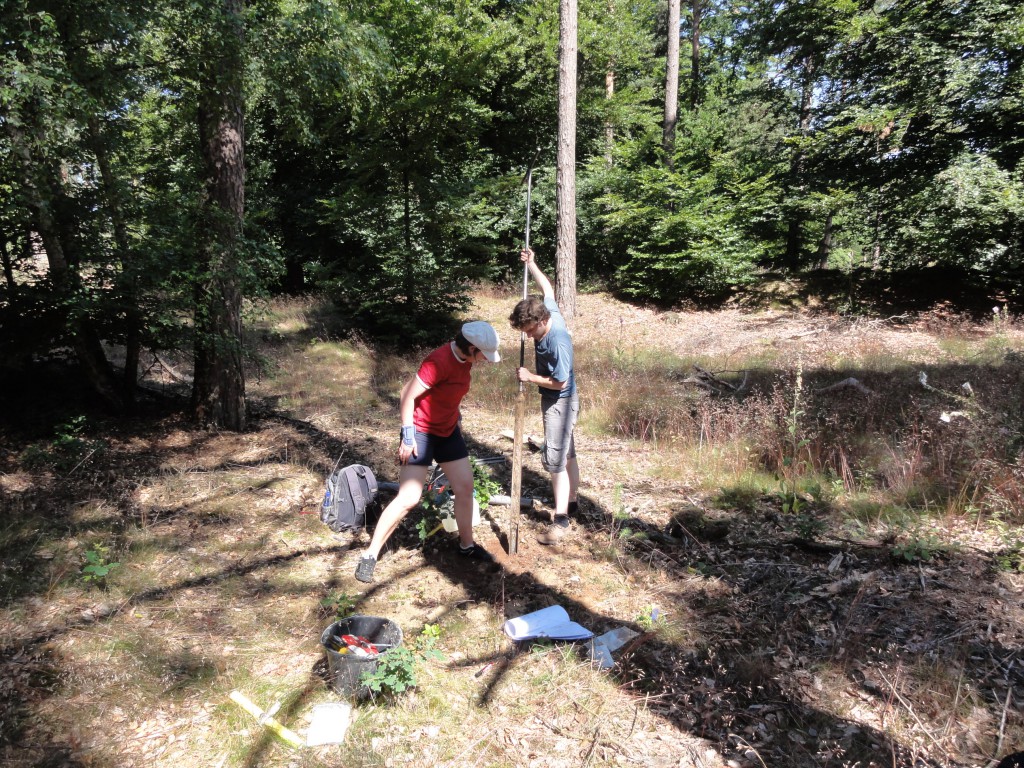Principal investigator: H.J. Pierik (PhD-student 2013-2017)
The first millennium AD represents a transition period in the Netherlands from a mainly natural prehistorical lowland landscape to a landscape that was increasingly influenced by humans. This project focused on human-landscape interactions in the coastal plain, the delta, and the Pleistocene sand area during this time interval.
Already in the first millennium AD, human activities caused major unintended geomorphological changes in all studied landscapes. In the coastal plain, intensified agricultural use of artificially-drained peatlands since the Late Iron Age (250–12 BC) led to soil subsidence, on a large scale turning peatland into tidal areas that for many centuries would remain unsuitable for habitation. Ingressive tidal systems reached furthest inland where the peaty back-barrier was widest, whereas sea-ingression formation was hampered in areas with abundant beach-barriers and supratidal levees protecting the coast from drowning. Human-induced peatland subsidence also led to a major reorganization of the river network in the lower delta: it caused the formation of the new Hollandse IJssel and Lek river branches, which now invaded the extensive peatlands. The increased flooding frequency in the first millennium AD also caused settlements on the natural levees in the delta to shift towards higher locations. In areas where new large river branches developed (around the Waal) this effect was strongest. Despite the dynamic of the landscape, no large-scale settlement abandonment occurred and route networks between settlements remained largely intact. In the Pleistocene sand area, sand drifting occurred on a relatively small scale. This phenomenon, most frequently occurring close to human movement corridors, increased after ca. AD 900, coeval with rising population density and large-scale deforestation. This implies that sand drifting was strongly related to human pressure on the landscape.
Reclamation and overexploitation led to unintended loss of land, because it became more prone to storms and floods. This study provides more insights in the circumstances under which impact of human action on the landscape was largest. This impact forced humans to adapt or to abandon the area in case the new situation could not be coped with. Better understanding of human impact on the natural landscape in the past is especially relevant to better cope with threats from floods or sea-level rise, especially in densely populated and subsiding deltas.

Coring samples for Project B